Currently in its fourth edition (2020), substantial updates have been made since 2005 when this toolbook was first created. This version pays increased attention to the inclusion of women, as well as socially disadvantaged groups. Although a number of guides for value chain analysis exist, the core aim of this toolbook is to provide robust analytical tools to identify value chain interventions that are inclusive and beneficial to the poor, to both women and men, or to other disadvantaged groups. Women are often invisible in formal value chain systems. Without careful considerations of women’s roles and their unpaid labour contribution within the household and across value chains, women’s voices can easily be ignored or excluded.



